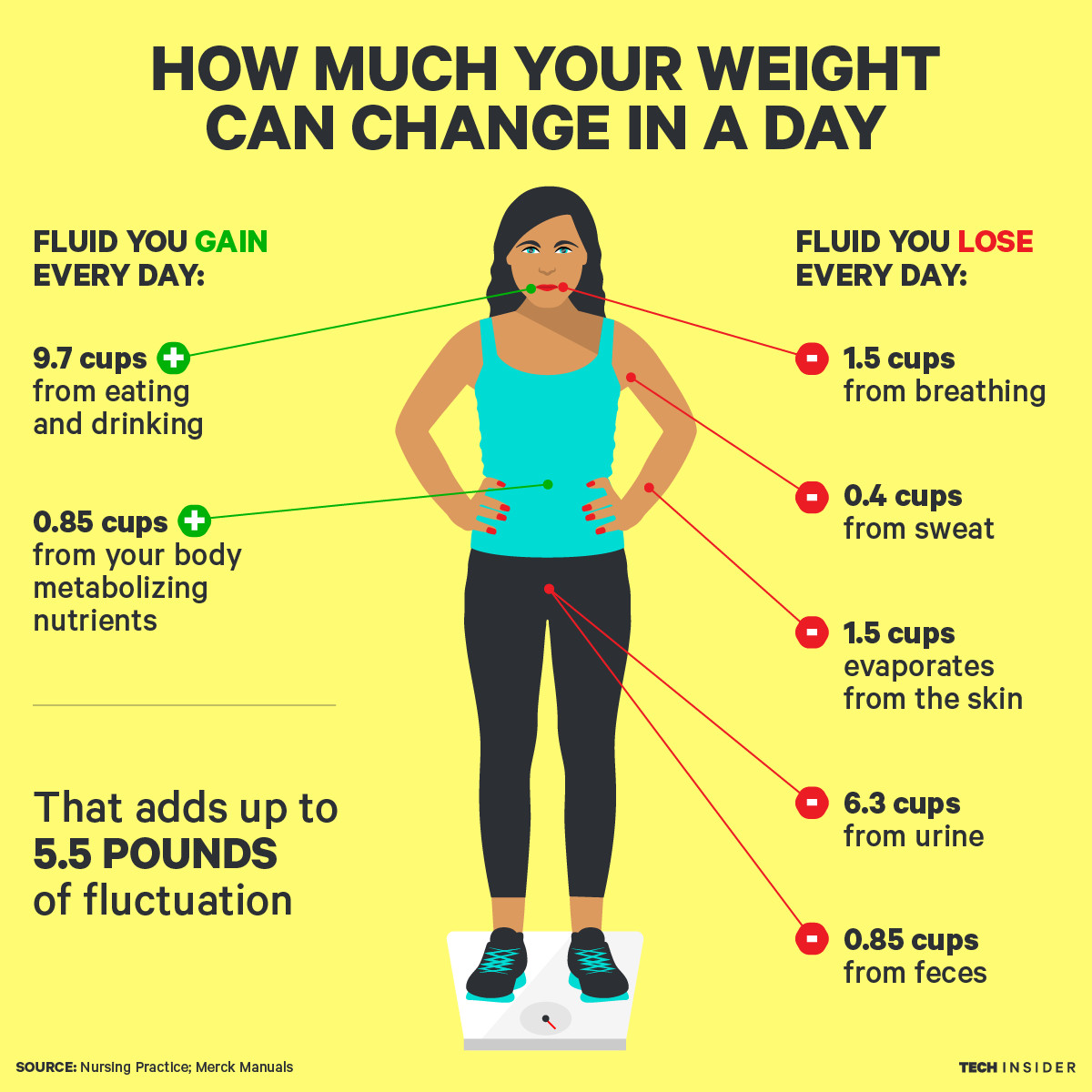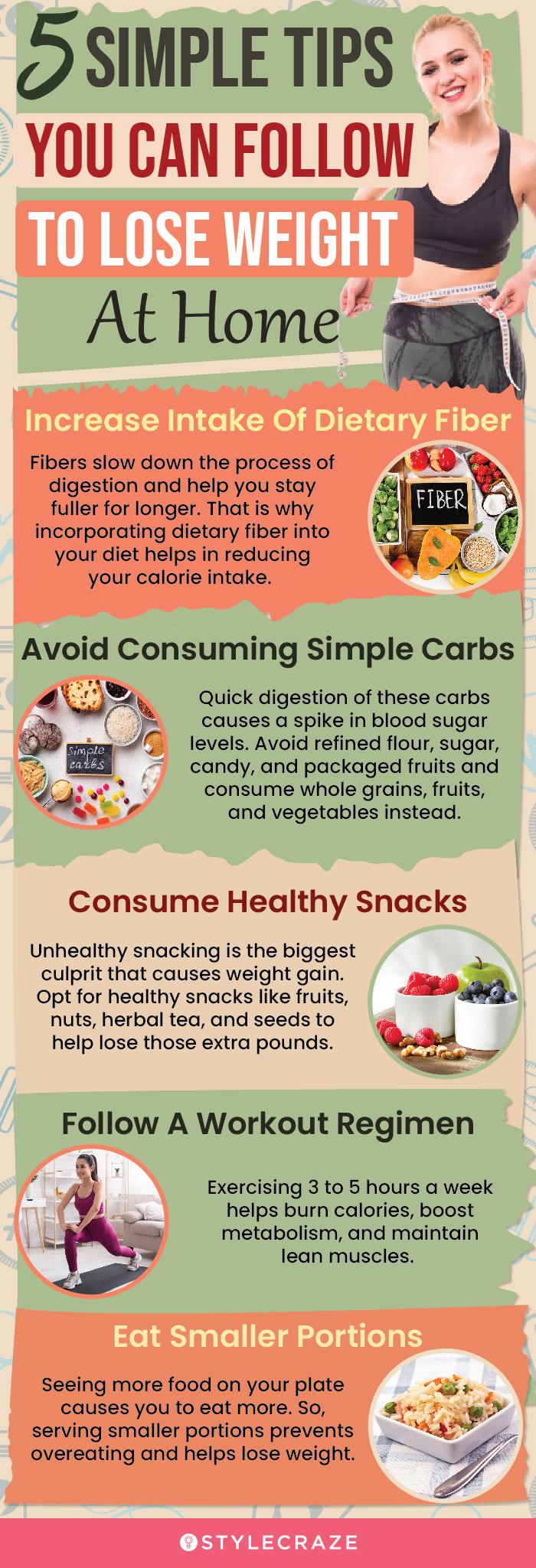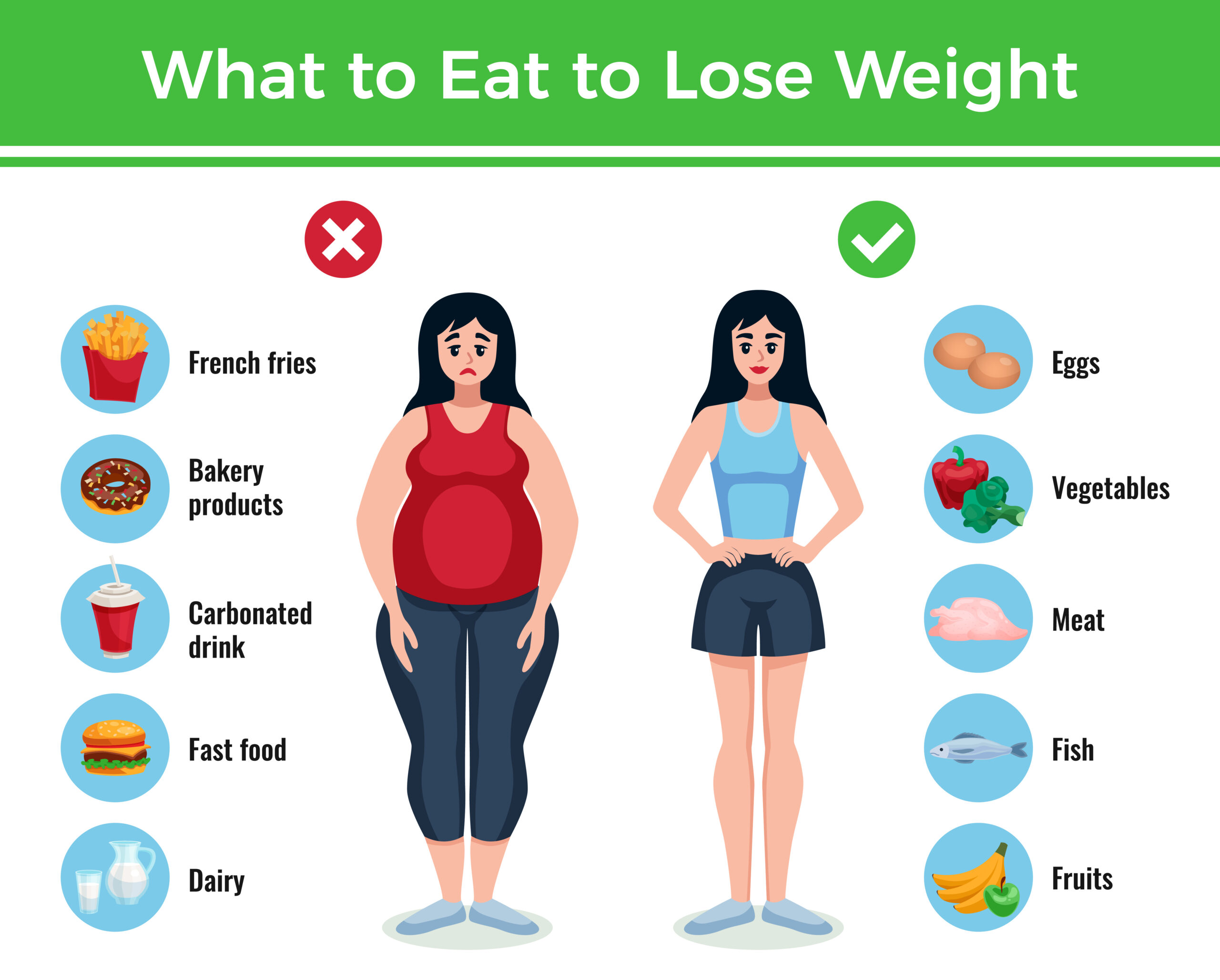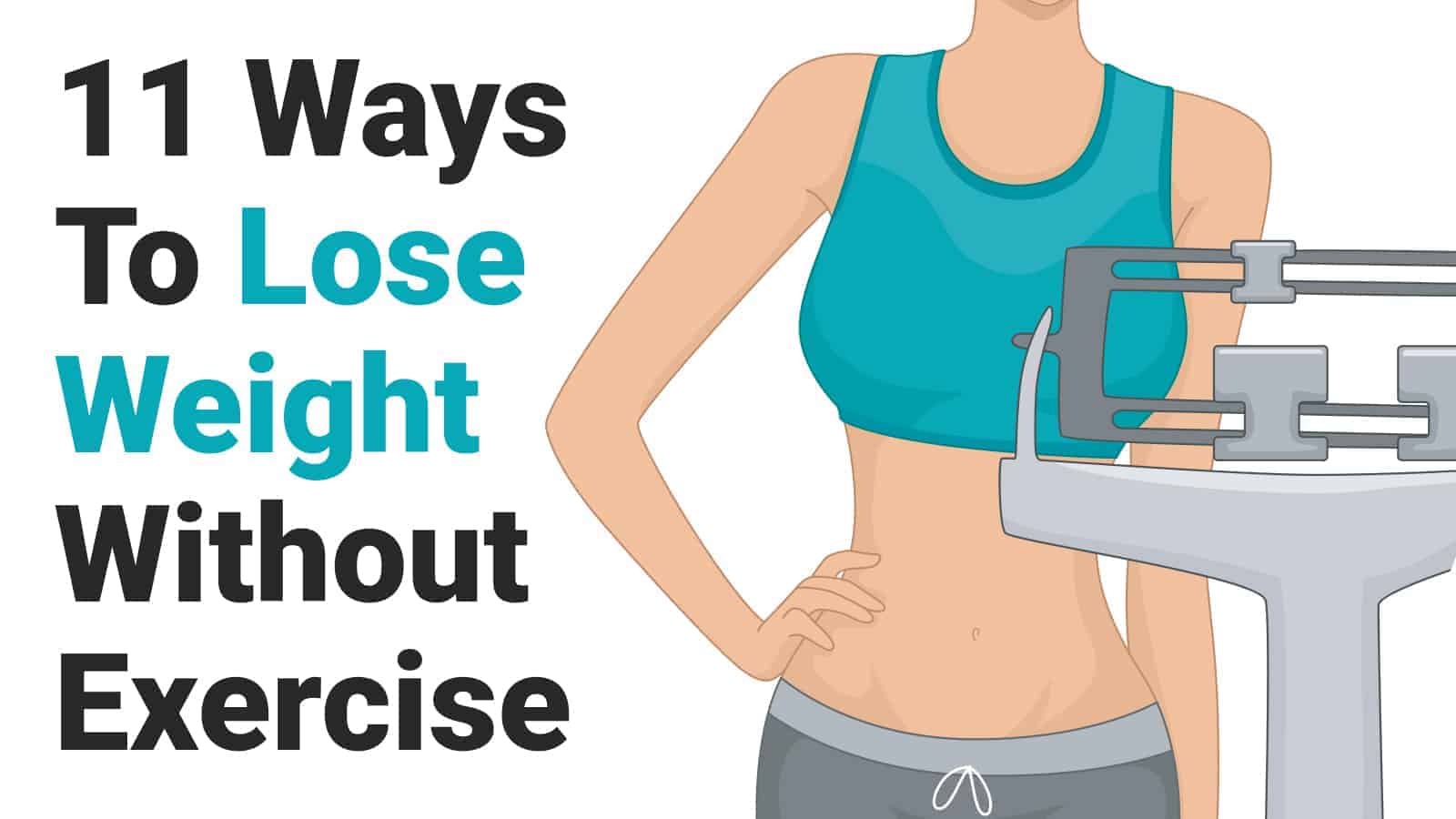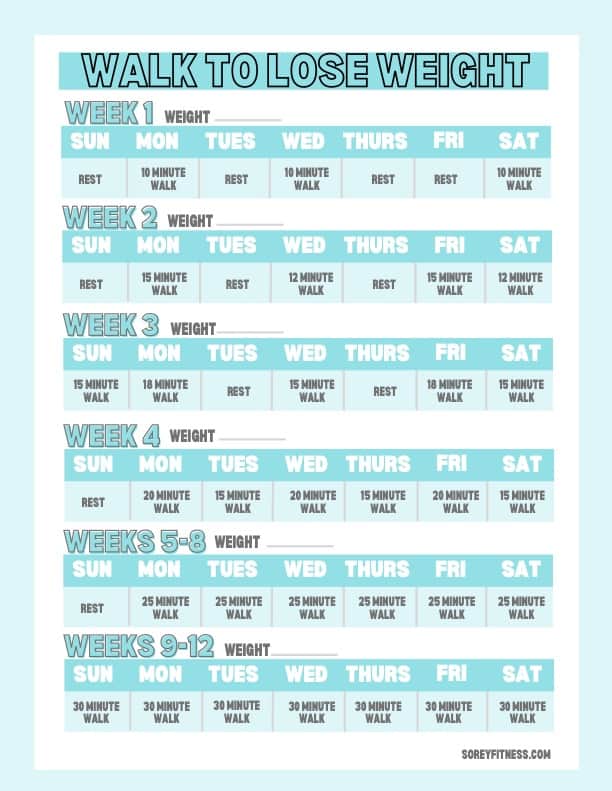How To Lose Weight In 90 Days

Imagine stepping into a sun-drenched room, the aroma of freshly brewed herbal tea filling the air. Sunlight streams through the window, illuminating dust motes dancing in the air as you stretch, feeling a renewed sense of energy thrumming beneath your skin. You smile, knowing you're on a journey, not a sprint, to a healthier, happier you – a journey that unfolds over 90 days.
This isn't about quick fixes or fad diets; it's about building sustainable habits that lead to meaningful weight loss and improved well-being. We'll explore a comprehensive, balanced approach, touching on nutrition, exercise, and the crucial role of mindset, providing actionable steps you can integrate into your daily life for lasting results.
Understanding the Foundation: Nutrition
The cornerstone of any successful weight loss journey is, undoubtedly, nutrition. It's not just about cutting calories, but about fueling your body with the right nutrients.
Focus on whole, unprocessed foods like fruits, vegetables, lean proteins, and whole grains. These foods are naturally lower in calories and packed with essential vitamins and minerals.
Portion control is another key element. Using smaller plates, measuring your food, and paying attention to your hunger cues can make a significant difference.
Building a Balanced Plate
Aim for a balanced plate at each meal. The Harvard Healthy Eating Plate, a reputable resource, suggests filling half your plate with vegetables and fruits, a quarter with whole grains, and a quarter with healthy protein sources.
Prioritize lean proteins such as chicken breast, fish, beans, and lentils. These help you feel fuller for longer and support muscle growth.
Incorporate healthy fats like avocados, nuts, and olive oil in moderation. They play a vital role in hormone production and overall health.
Hydration is Key
Water is your best friend on this journey. It helps regulate your metabolism, flush out toxins, and can even help you feel fuller before meals.
Aim to drink at least eight glasses of water a day. You can also include hydrating foods like cucumbers and watermelon in your diet.
Cutting out sugary drinks is crucial. These are often empty calories that contribute to weight gain without providing any nutritional value.
Moving Your Body: Exercise and Activity
Exercise is not just about burning calories; it's about improving your overall health, boosting your mood, and building strength. Find activities you enjoy and that fit into your lifestyle.
The World Health Organization (WHO) recommends at least 150 minutes of moderate-intensity aerobic activity or 75 minutes of vigorous-intensity activity per week.
This can be broken down into smaller, more manageable chunks, such as 30 minutes of brisk walking five days a week.
Cardio and Strength Training
Incorporate both cardio and strength training into your routine. Cardio helps burn calories and improve cardiovascular health, while strength training builds muscle mass, which can boost your metabolism.
Examples of cardio include running, swimming, cycling, and dancing. Strength training can involve lifting weights, using resistance bands, or doing bodyweight exercises.
Don't be afraid to start small and gradually increase the intensity and duration of your workouts. Listen to your body and take rest days when needed.
Everyday Activity Matters
Beyond structured workouts, focus on incorporating more activity into your daily life. Take the stairs instead of the elevator, walk during your lunch break, or park further away from your destination.
These small changes can add up and make a significant difference over time. Aim for at least 10,000 steps per day, as suggested by various health guidelines.
Consider investing in a fitness tracker to monitor your activity levels and stay motivated.
The Power of Mindset: Cultivating a Positive Approach
Weight loss is not just a physical journey; it's also a mental one. Developing a positive mindset is crucial for long-term success.
Focus on progress, not perfection. There will be setbacks along the way, but it's important to learn from them and keep moving forward.
Celebrate your small victories. Acknowledge and appreciate the progress you've made, no matter how small it may seem.
Setting Realistic Goals
Set realistic and achievable goals. Instead of aiming to lose a large amount of weight in a short period, focus on making sustainable lifestyle changes.
A healthy rate of weight loss is generally considered to be 1-2 pounds per week, according to the Centers for Disease Control and Prevention (CDC).
Break down your goals into smaller, more manageable steps. This can make the process feel less overwhelming and more achievable.
The Importance of Sleep and Stress Management
Prioritize sleep and stress management. Both sleep deprivation and chronic stress can interfere with your weight loss efforts.
Aim for 7-8 hours of quality sleep each night. Create a relaxing bedtime routine and avoid screen time before bed.
Find healthy ways to manage stress, such as yoga, meditation, or spending time in nature. Chronic stress can lead to increased cortisol levels, which can promote weight gain.
Seeking Support
Don't be afraid to seek support from friends, family, or a healthcare professional. Having a support system can provide encouragement and accountability.
Consider joining a weight loss group or working with a registered dietitian or personal trainer. These professionals can provide guidance and support tailored to your individual needs.
Remember, you are not alone in this journey. There are resources available to help you succeed.
Putting it All Together: A 90-Day Plan
Now that we've covered the key elements of nutrition, exercise, and mindset, let's outline a sample 90-day plan.
This is just a guideline, and you should adjust it to fit your individual needs and preferences.
Consult with a healthcare professional before making any significant changes to your diet or exercise routine.
Weeks 1-4: Building the Foundation
Focus on making small, sustainable changes to your diet. Start by incorporating more fruits and vegetables into your meals and cutting out sugary drinks.
Begin with 30 minutes of moderate-intensity exercise three times per week. This could be brisk walking, cycling, or swimming.
Practice mindfulness and stress management techniques, such as meditation or deep breathing exercises.
Weeks 5-8: Intensifying Your Efforts
Gradually increase the intensity and duration of your workouts. Add in strength training exercises two to three times per week.
Continue to refine your diet, focusing on portion control and making healthy food choices. Explore new recipes and cooking techniques.
Monitor your progress and adjust your plan as needed. Celebrate your successes and learn from your setbacks.
Weeks 9-12: Maintaining Momentum
Continue to follow your established routine, making adjustments as needed to maintain your progress.
Focus on building long-term habits that you can sustain for years to come. Incorporate healthy eating and exercise into your daily life.
Celebrate your achievements and reward yourself for your hard work. Remember that weight loss is a journey, not a destination.
The Long View
The journey to a healthier weight is a personal one, filled with unique challenges and triumphs. It's not about chasing a number on a scale, but about cultivating a lifestyle that supports your well-being.
Be patient with yourself, celebrate your progress, and remember that every small step forward contributes to a larger transformation. Embrace the process, and you'll find that the rewards extend far beyond weight loss, encompassing improved energy, mood, and overall quality of life.
As you continue on this path, remember the lessons learned and the habits formed. The 90 days are just the beginning – a foundation upon which you can build a healthier, happier future for yourself.

